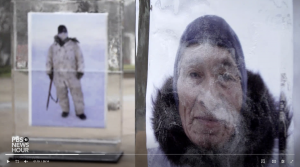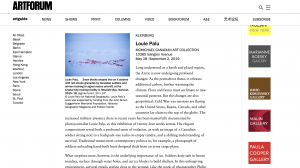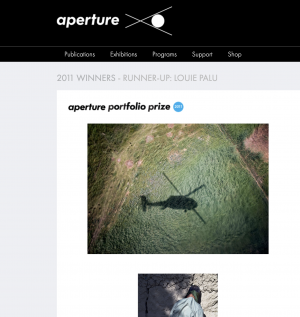Jul 10–24, 2020
Online Exhibition
-
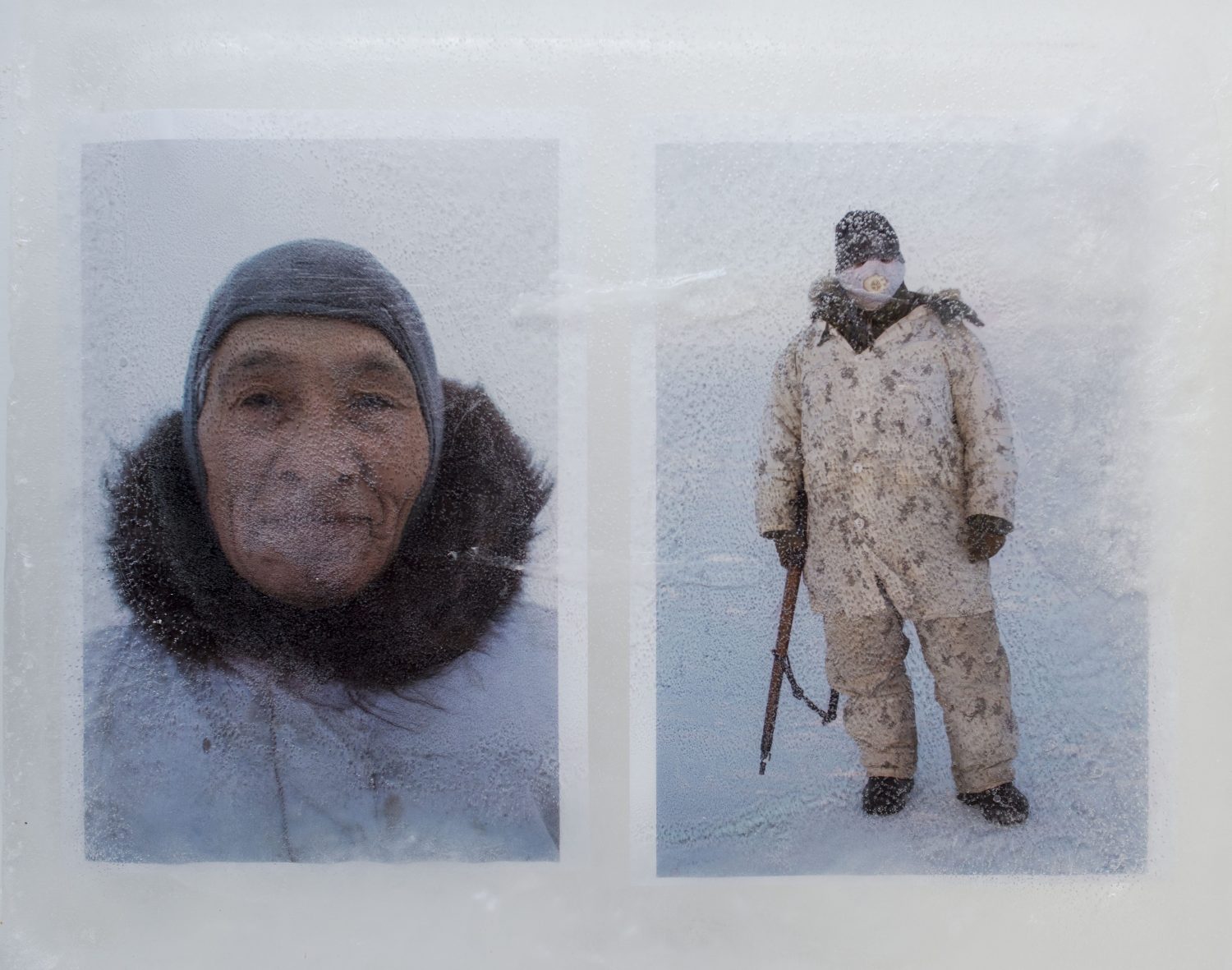
1/11: Ice block sketches diptych (detail)
-

2/11: Print in ice block (detail) showing cracking ice, taken at SXSW Art Installation
-
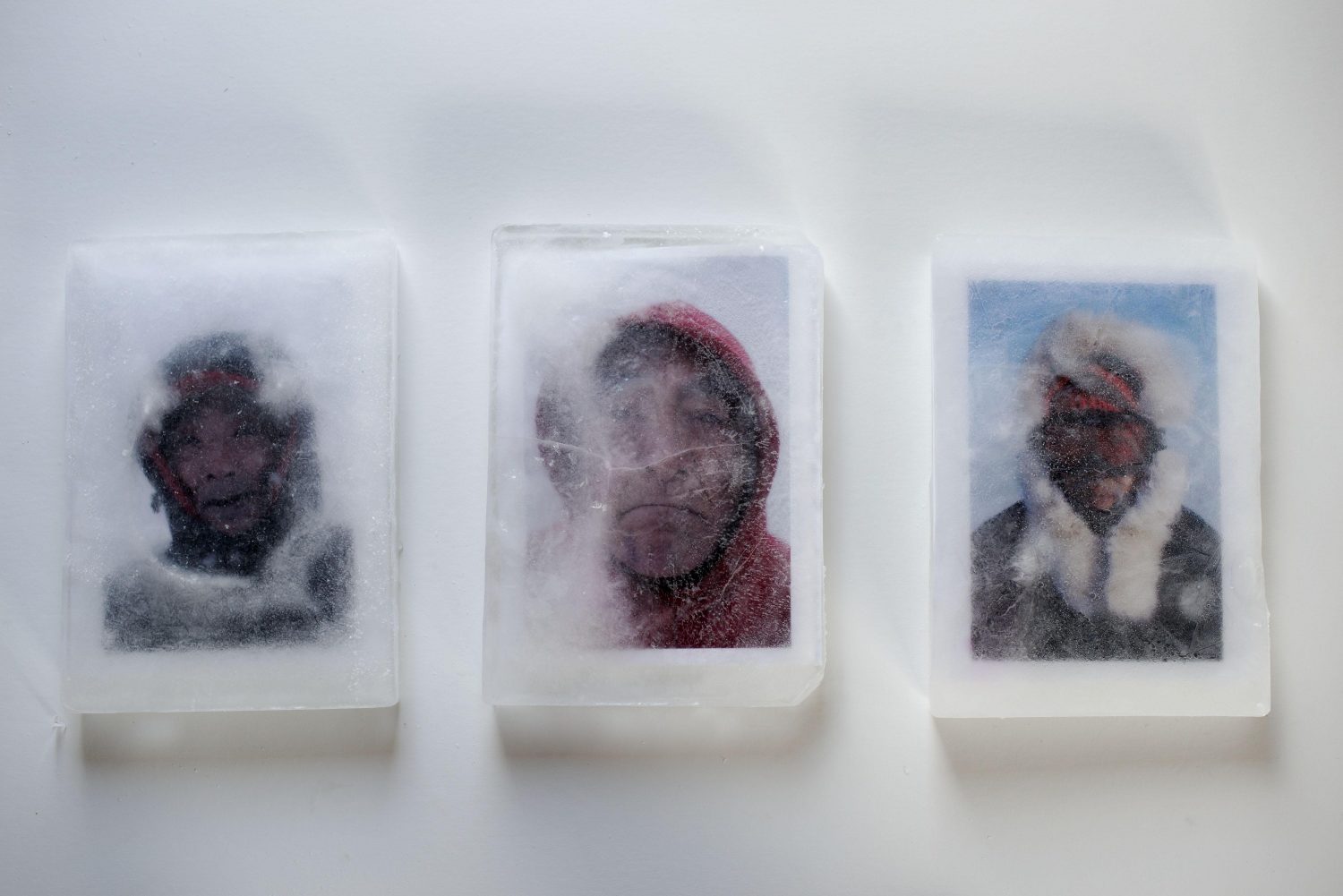
3/11: ice block sketches triptych (detail)
-

4/11: Canadian soldiers walkig North on Cornwallis Island -60 Celsius, Nunavut, Canada
-

5/11: Canadian Ranger training for survival in the bay, Clyde Rive, Nunavut, Canada
-
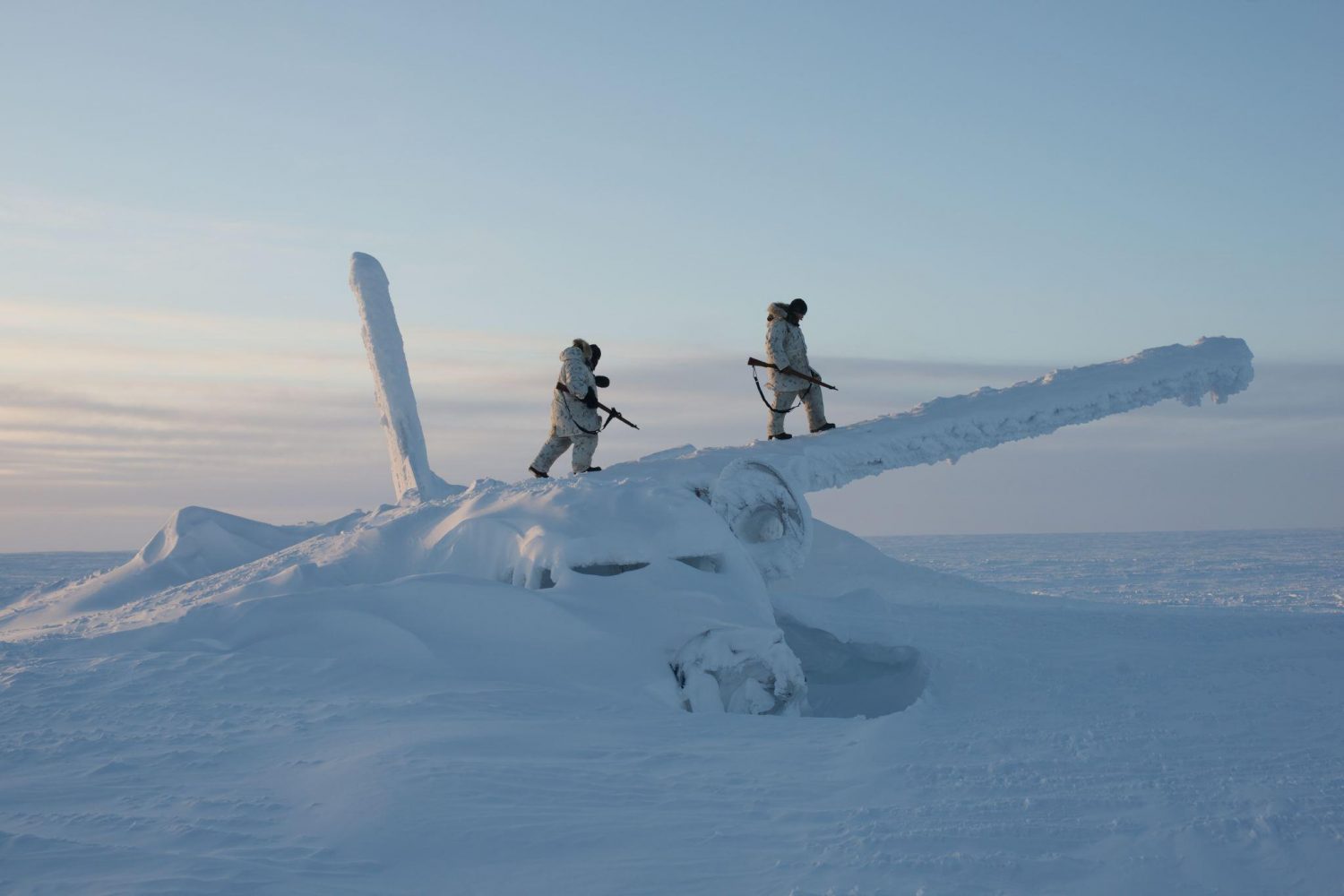
6/11: Canadian soldiers walking on the wreckage of an airplane, -50 Celsius, Resolute Bay, Nunavut, Canada
-

7/11: Ice Block Airman (detail)
-
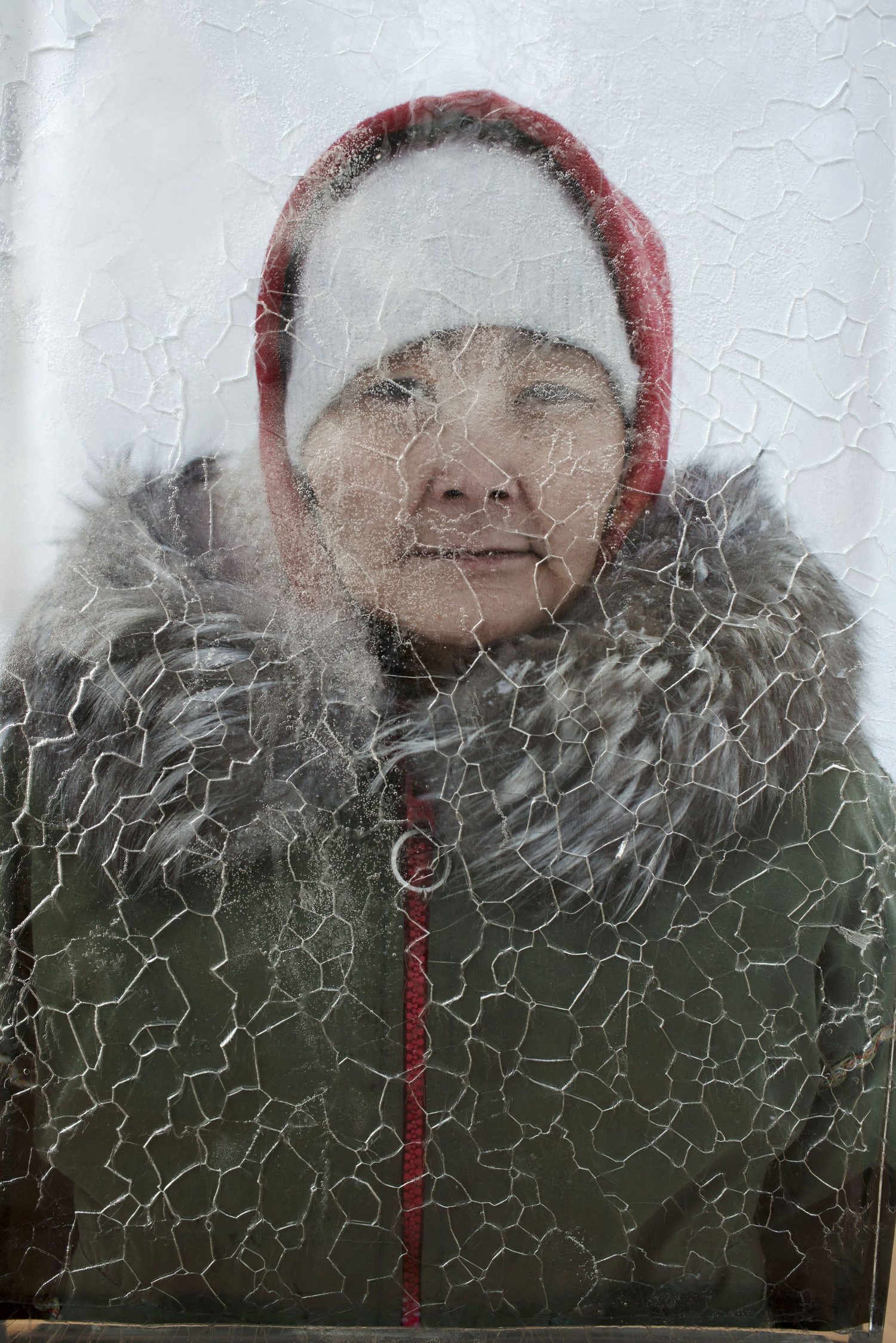
8/11: Ice Block Ranger (detail)
-
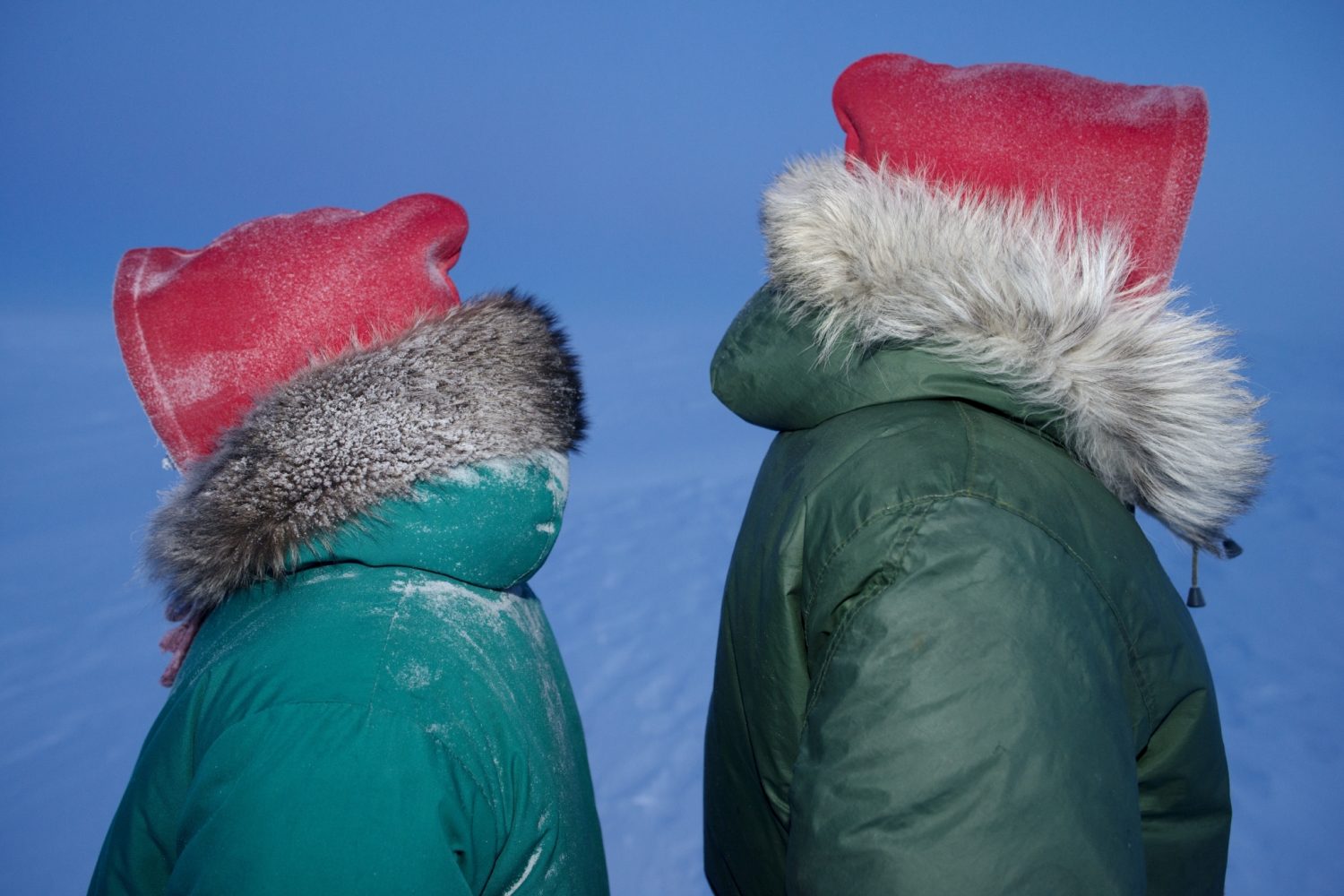
9/11: Louie Palu, Canadian Rangers -60 Celsius, Nunavut, Canada
-
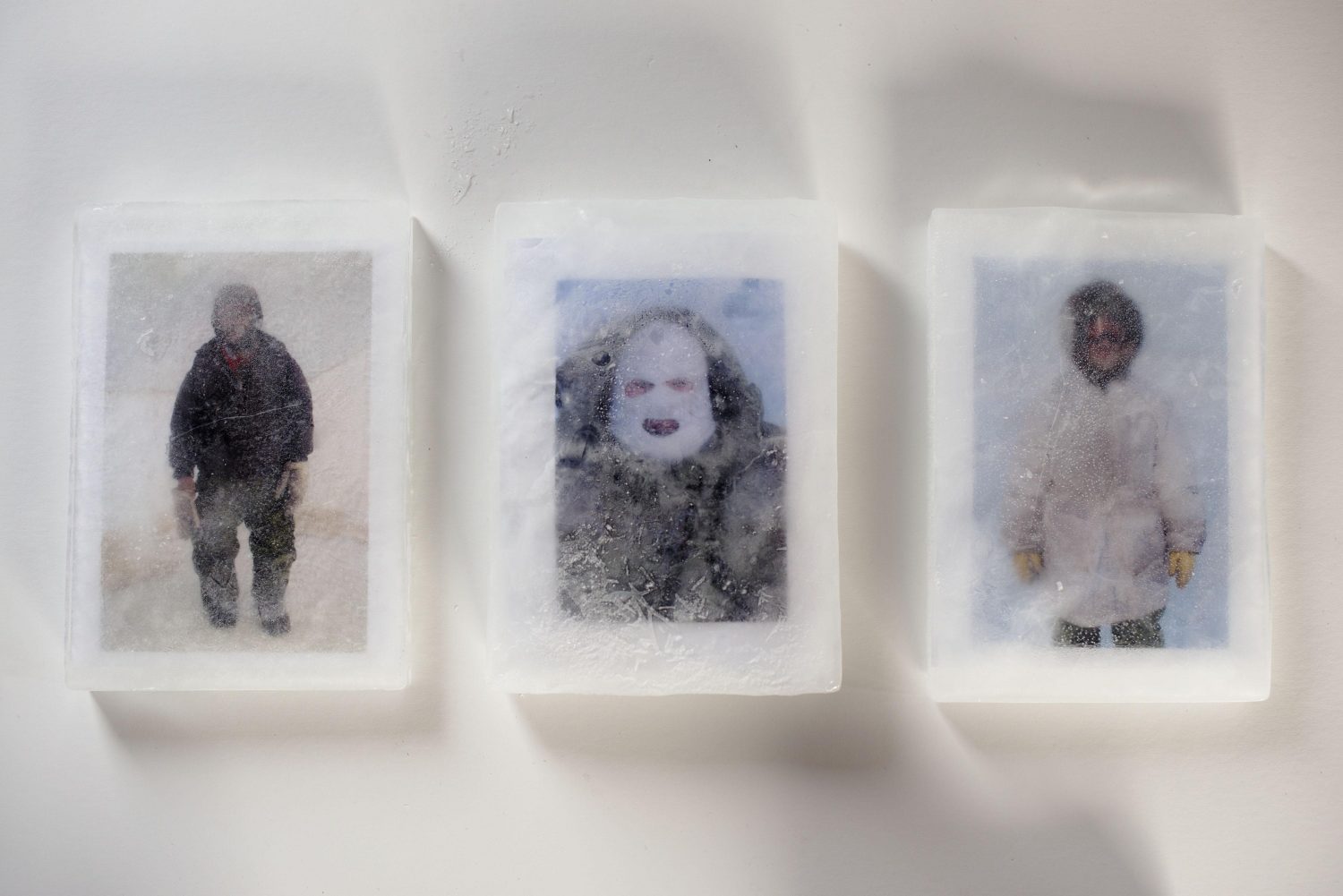
10/11: Ice block sketches triptych (detail)
-

11/11: Ice block installation at the University of Texas as part of the SXSW Art Installation
For this iteration of Honorably Mentioned, Silver Eye Assistant Curator Kate Kelley spoke with Fellowship 20 Honorable Mention Louie Palu about his project Arctic Passage. Palu was selected for the Honorably Mentioned series by Julie Crooks, Assistant Curator of Photography at the Art Gallery of Ontario. Honorably Mentioned highlights the work of artists chosen as Honorable Mentions for Fellowship 20. Fellowship is Silver Eye's international juried photography competition. For nineteen years this competition has recognized both rising talent and established photographers from all corners of the globe, and from the state of Pennsylvania.
Kate Kelley Where did your interest in the Arctic as a subject for this project begin?
Louie Palu I grew up in Canada where the country for many months a year is a massive frozen Northern landscape, half of which is in the difficult and expensive to access sub and high Arctic, which I grew up imagining as a great unknown. As I grew older I became interested in resource extraction and conflict relating to my families history in the Second World War. I first went to the Canadian Arctic to photograph a story on mining in 1993 in the beginning of a 12-year project on hard rock mines. My interest over 20-years later in covering the Arctic came in the aftermath of covering three conflicts in a row, which were in Afghanistan, Mexico and Ukraine. The premise for me was a question, what happened to the Cold War era radar line that extended from Alaska through Canada and Greenland built to detect a potential bomber or missile attack over the North Pole? This radar line known as the Distant Early Warning Line (aka the DEW Line or NWS, which is still in operation), in my mind it felt like a forgotten frontline based on the idea of an imagined war that never came to be. As I worked on this project it became a project about preparing for the unknown and using invented narratives, which included economic opportunity related to climate change.
KK What was it like to make photographs in this really isolated and inaccessible part of the world, were there practical or logistical challenges you didn’t expect?
LP I had already worked in the Arctic and extreme cold for decades being from Canada, that part was not as difficult. However psychologically there were times when I was cut off from the world most of us are accustom to. What I can share is that if I had to describe the Arctic it is one of the clearest examples that nature is the ultimate power. Human beings have no power really, that is our own invented narrative that we have power. Wind, temperature, snow and ice are beautiful and are forces to be respected. The indigenous people of the North are the original scientists of the North and they were my teachers. The frozen gear and physical difficulty of it was more of a comedy moment for me.
KK The relationship between the melting ice in the Arctic and the opening up of previously concealed waterways has undoubtedly led to different nations and corporate interests battling for influence and natural resources. Do you see this work as taking an activist’s standpoint in any way? Or do you try to remain objective in this project, giving view to unfolding narratives that might not otherwise be seen?
LP I have always described myself as a photojournalist and an independent witness, never an activist. I have the NPPA’s code of ethics in my bio of my web page for anyone who wants to know more on that. The value of my work to anyone is I don’t take sides, but I do my best to document injustices, issues we should be aware of and create a visual record of events that I think are important. With regards to conflict in the Arctic, there certainly is a lot of activity related to the legacy of the Cold War and geopolitical rhetoric, however most of them are invented narratives. That is what my project is about, which is preparing for the unknown and invented narratives with a reality to the view on the ground of what the place really is. The Arctic is too large and difficult to do anything in quickly and everything up there happens slowly. Nature is in charge up there. There are no races, rushes, or any adjective that describes it as a place that things happen quickly that are real. The universal theme of this work is the Arctic really is about the unknown and how our imaginations create narratives that suit our fantasies of what we want it to be. What’s really difficult is to talk about this work without seeing my 100-image book edit, which I am nearly done and am showing to prospective publishers. It’s a long essay and meditation on everything I describe here.
KK How do you want viewers to consider the photographs that are inside the blocks of ice in this project? Do you see them as ancillary to the mission of the project as a whole, or can these prints also be considered formal works of art in their own right? Along those lines, can you express what it is like for you to actively watch the photographs be “harmed” or “deteriorate” through the process of the melting ice around them?
LP The ice blocks work, which were first shown at the SXSW Festival in 2019 were 5-years in the making, I had been experimenting with them for a long time. After my 5-years of photographing in Afghanistan (2006-2010) I began experimenting with the idea of destruction, not just in my photographs, but also of the work itself. I burned some prints, melted plastic acetate prints of photographs. I poured chemicals on prints in the darkroom to create mistakes. Mistakes were good in my mind, I was angry at traditional photography. I ripped up and destroyed work in many different ways. In some cases I went too far and destroyed things I should not have, including negatives and note books. I felt frustrated, traumatized and in some ways it was an expression of how I felt photography was limited in how it could never convey the reality of war.
In the early stages of this project I read the book Frozen In Time by Owen Beattie and John Geiger. It detailed that canned food rations and photography were the two new technologies that were going to the Arctic in the doomed 1845 Franklin expedition in which the entire crew perished and the two British ships were crushed in the ice and sank. I imagined that there were Daguerreotypes frozen in ice at the bottom of the Arctic Ocean. In the museum world we always talk about everything being archival and acid free. I wanted work that not only refuted the idea of photography and what it represents, but that also helped us imagine what happens when we irresponsibly change the planet, use resources like the military to react to it and how the planet will change us and all the beautiful things we enjoy.
Participating Artist
Louie Palu is a documentary photographer and filmmaker whose work has appeared in festivals, publications, exhibitions and collections internationally. He is a 2016-17 John Simon Guggenheim Foundation Fellow and a Harry Ransom Center Research Fellow in the Humanities at the University of Texas at Austin.
He is the recipient of numerous awards including two Pulitzer Center on Crisis Reporting Grants, 2011-12 Bernard L Schwartz Fellowship with the New America Foundation and Milton Rogovin Fellowship at the University of Arizona. He is well known for his work which examines social political issues such as human rights, conflict and poverty. He is currently working on a long-term project on the Arctic partnered with National Geographic Magazine and is a National Geographic Explorer. In 2019 his work was selected for the Arnold Newman Prize for New Directions in Photographic Portraiture.
